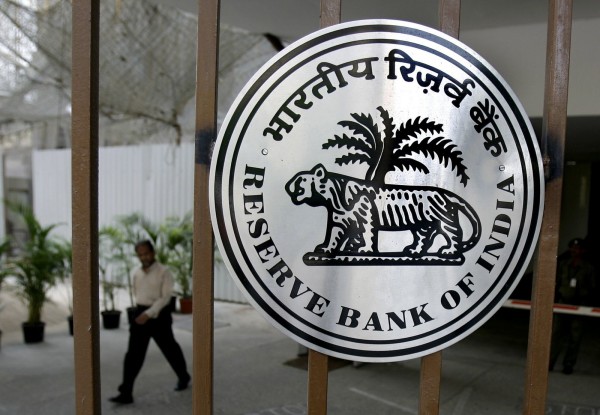The Reserve Bank of India (RBI) has introduced a new method of setting lending rate by banks called Marginal Cost of Funds based Lending Rate (MCLR). To be applicable from the 1st April 2016, it will be a fresh change from the current Base Rate system adopted by the RBI. As per the new RBI Guidelines, banks have to prepare MCLR) which will be the internal benchmark lending rates, every Quarter till 2017, post which they need to do it on a monthly basis.
MCLR will be revised taking into consideration the marginal funds, that defines the money raised by the bank in the last month or quarter along with few additional factors such ask REPO rates (rate of borrowing for funds from RBI) and other borrowing rates. These factors were not taken into consideration in the existing Base Rate System. This way marginal cost will incorporate the latest cost of fund scenario in the interest rate given by banks for obtaining funds as well as setting lending rate while disbursing funds out.
Why the Change?
The change has been done with an objective of transferring the REPO RATE CUTS to end users of borrowers. In the existing Base rate system; whenever RBI changes its Repo rate, it serves only as an indication to banks to make changes in their lending and deposit rate. Since MCLR takes into account REPO rates, any change by RBI will be reflected in the lending rates by Bank.
How is MCLR Calculated?
Following components define the MCLR. Each of these terms has been described in details in the subsequent steps.
Marginal cost of funds
Negative carry on account of CRR
Operating costs;
Tenor premium.
5 Marginal Cost of Funds:
The marginal cost of funds comprises of Marginal cost of borrowings that has 92% weightage and return on net worth that has 8% weightage. Due to a high percentage of Marginal cost, any change in REPO RATE will entail a significant impact on the marginal cost of funds and thereby influencing the MCLR.
Marginal cost of funds = Marginal cost of Borrowing X 92% + Return on Net worth X 8%
Negative carry on account of CRR:
When banks deposits money with RBI under Cash Reserve Ratio (CRR) requirement, RBI does not pay any interest to banks in return for the deposit. This is an opportunity cost for the bank and the cost of such funds kept unutilized with RBI is eventually charged from loans given.
Operating cost:
This is the operating expenses incurred by banks
Tenor premium:
This is compensation for risk associated with lending for a longer time.
According to new guidelines will come up with benchmark MCLR rates which will be different for different time periods ranging from single day rates to rates for an entire year.
The actual lending rates will be determined by adding the components of spread to the MCLR. (Spread imply that banks can charge higher interest rate depending upon the risk worthiness of the borrower)





